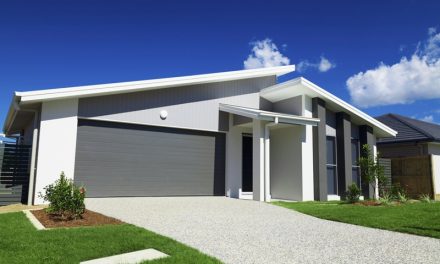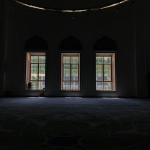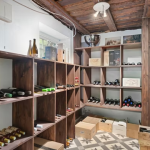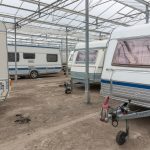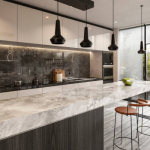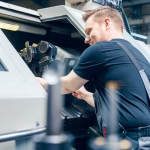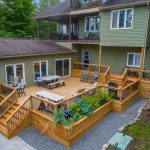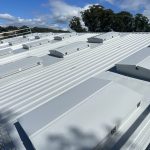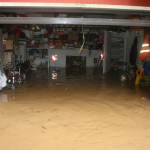Inside the Workshop: How Local Makers Deliver Safer Behavioural Health Fit-outs
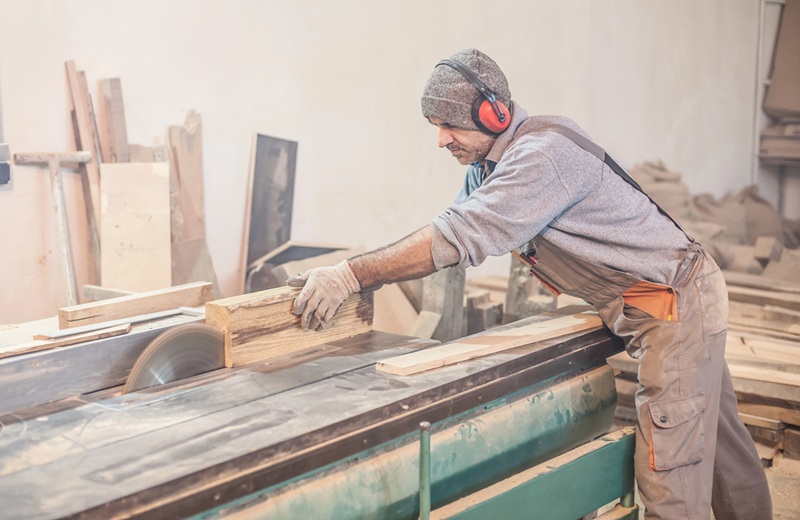
When it comes to building or upgrading behavioural health facilities, safety has to be the foundation of the entire design. After all, these are spaces where people may be at their most vulnerable. So, every corner, fixture, and piece of furniture must work towards keeping them safe.
A well-thought-out behavioural health facility design can be extremely effective in creating a therapeutic environment that reduces risks, calms stress, and supports recovery. Poorly planned spaces, on the other hand, may increase hazards and risk compromising the level of care offered.
That’s why, increasingly, more healthcare providers in Australia are turning to local makers who understand how to deliver safe fit-outs for mental health spaces.
Indeed, with the right approach, these workshops help create facilities that give both patients and staff the confidence they need by blending safety with dignity.
The Role of Local Makers in Australia
In recent times, local manufacturing workshops have really stepped up their game. Indeed, many have won big contracts to produce customised, safety-first solutions that meet the strict standards required in healthcare fit-outs.
One standout example is the growing demand for Anti-ligature furniture made in Australia. These pieces are designed to prevent people from engaging in self-harm while still looking and acting like regular furniture. Striking the fine balance between safety and normality is crucial in behavioural health environments.
By working with trusted makers here in Australia, project managers and healthcare providers can enjoy a number of benefits. This includes gaining access to fast turnaround times, quality craftsmanship, and responsive service.
In addition, supporting local makers also means supporting the community. That is because every bench, cabinet, or chair built in an Australian workshop represents local jobs and skills being kept alive. Moreover, because the makers are close to home, adjustments or modifications can be made quickly if the project needs a tweak.
Readers interested in how sheds and workshops shape Aussie industries might want to refer to our post on The Aussie Backyard Shed and Its Evolution. It shows how local sheds have always been at the heart of innovation and resilience.
Designing for Safety in Behavioural Health Facilities
As you would expect, safety-first design is the backbone of any behavioural health facility. Crucially, these spaces must strike a balance between security and comfort. If they are too clinical, they may feel cold and unwelcoming. However, if they are too casual, they risk missing essential safety requirements.
When it comes to behavioural health facility design, local workshops understand how to integrate durable and compliant materials into their builds. From shatterproof glass to tamper-resistant fixtures, every choice matters. In fact, even the layout of the space, such as the flow of hallways, the position of doors, and the openness of common rooms, plays a role in keeping patients safe and comfortable.
In addition, fit-outs for mental health spaces also focus on reducing environmental stressors. Introducing natural light, soothing colours, and noise control is as important as producing anti-ligature hardware.
Anti-Ligature and Safety-First Furniture Solutions
Furniture is one of the most critical components of a safe behavioural health fit-out. Standard tables, beds, and chairs aren’t suitable for high-risk environments. That’s where anti-ligature furniture solutions come in.
Anti-ligature means that items are built in a way that prevents patients from using them to harm themselves or others. For example, beds without sharp edges, wardrobes without accessible hinges, and bathroom fittings that eliminate hanging points.
Australian workshop innovations are leading the charge in this area. Makers are creating anti-ligature furniture solutions that are both safe and durable. But they’re also considering the psychological side. The aim is to make spaces feel homely, not institutional. When patients feel comfortable, they’re more likely to engage in treatment and recovery.
Using durable and compliant materials ensures that these pieces stand up to heavy use while meeting strict safety standards. For makers, it’s a careful mix of craftsmanship, compliance, and compassion.
Collaboration Between Makers and Healthcare Fit-out Specialists
It must be said that local workshops don’t work in isolation. Instead, building a safe behavioural health space is a team effort. They collaborate closely with various experts, including healthcare fit-out specialists, architects, and facility managers, to deliver tailored solutions.
Healthcare fit-out specialists, for instance, bring an understanding of compliance requirements, while local makers provide practical, on-the-ground expertise. Together, they ensure that designs work not just on paper but in real-life, high-use environments.
Custom workshop manufacturing also provides huge advantages, because instead of relying on off-the-shelf items, makers can create bespoke solutions to match the specific needs of a facility. Whether it’s a unique size requirement, a new safety feature, or a fast-tracked project, local workshops are equipped to deliver.
Case studies from across Australia highlight this partnership in action. For example, mental health wards have been upgraded with safe, anti-ligature furnishings that look welcoming and stand the test of time. These upgrades show how collaboration can transform a facility and make a measurable difference in patient safety.
Future of Behavioural Health Fit-outs in Australia
It’s fair to project that the demand for safer behavioural health facilities is only going to grow. That’s because with greater awareness of mental health and more investment in healthcare infrastructure, there’s a push to build environments that are both safe and supportive.
Future trends also seem to point towards more therapeutic environment design. This includes features like biophilic design, where natural elements are integrated into the space. It also includes smart technologies that monitor and improve safety discreetly.
The good news for local makers in Australia is that they should continue to be central to this progress. After all, their ability to innovate, adapt, and collaborate puts them in the perfect position to lead the way.
As regulations tighten and expectations rise, workshops will keep refining their craft. However, from new materials to improved design processes, the future looks promising for safer, more effective behavioural health fit-outs.



